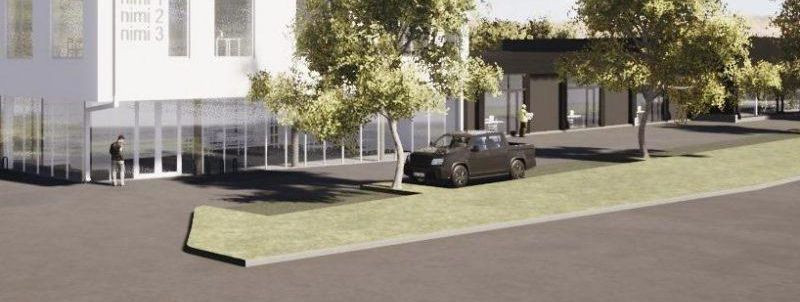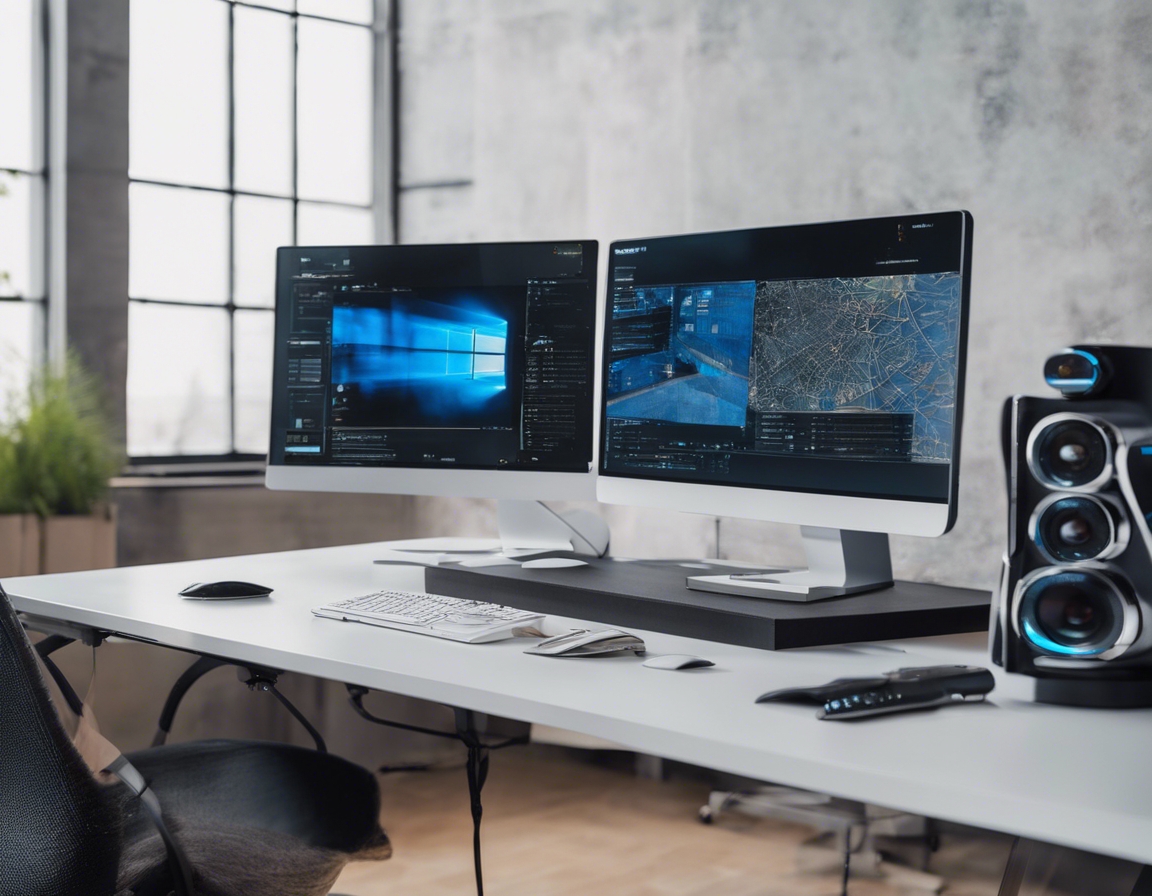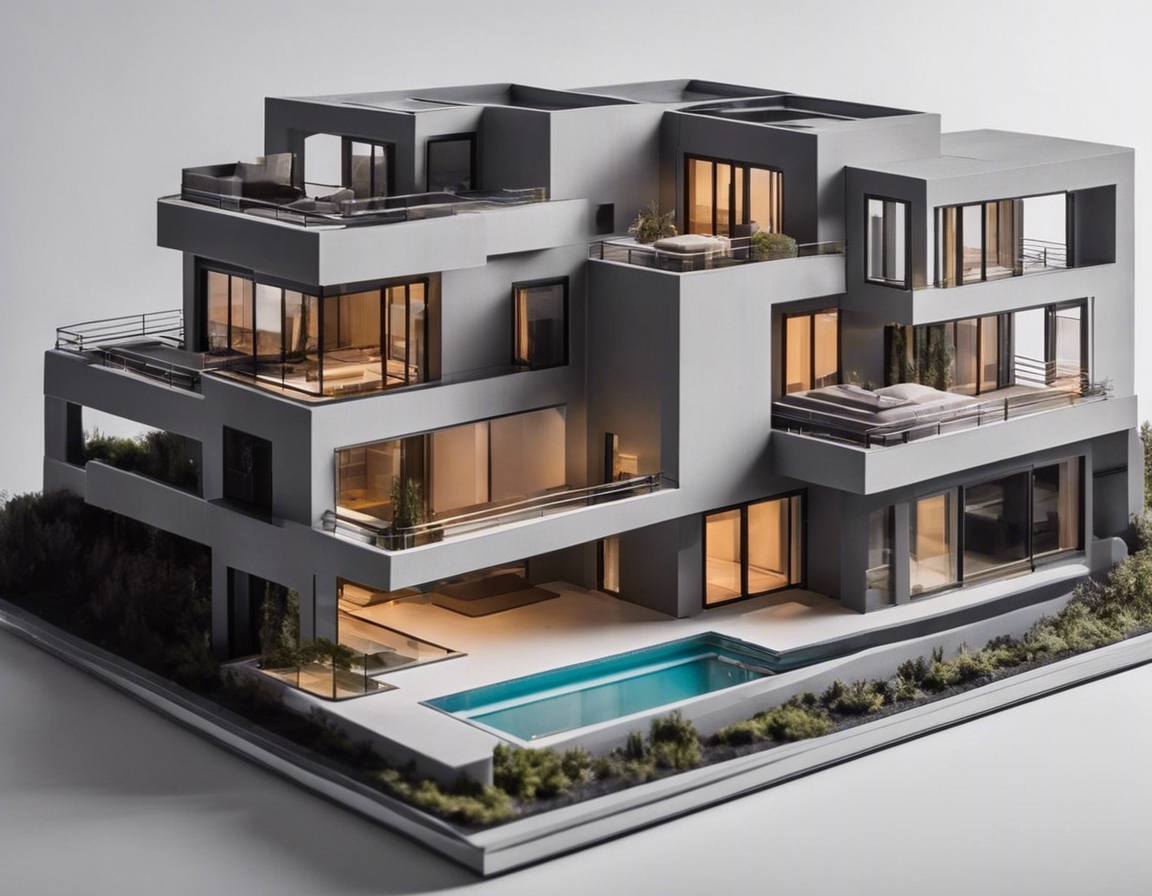Sustainability in architecture: more than a trend
Sustainable architecture is a holistic approach that seeks to minimize the negative environmental impact of buildings by enhancing efficiency and moderation in the use of materials, energy, and development space. It's a dynamic equilibrium between the built and the natural environment, aiming to create places that are livable, comfortable, and aesthetically pleasing while being environmentally responsible.
As the effects of climate change become more pronounced, the role of architecture in contributing to environmental stewardship is undeniable. Sustainable design is not just a trend but a necessary evolution in the architectural field, ensuring that the structures we inhabit today do not compromise the ability of future generations to meet their own needs.
The Pillars of Sustainable Architecture
Energy efficiency is at the core of sustainable architecture. Designing buildings with optimal thermal performance, natural lighting, and energy-saving systems reduces the overall carbon footprint and operational costs.
Choosing materials that are durable, recyclable, and have low environmental impact is crucial. This includes sourcing from local suppliers to reduce transportation emissions and selecting materials that contribute to healthier indoor air quality.
Water is a precious resource, and sustainable architecture emphasizes its conservation through efficient plumbing fixtures, rainwater harvesting systems, and water-wise landscaping.
Responsible site selection and design strategies should enhance the natural landscape, contribute to biodiversity, and foster a sense of community. This includes considering the building's orientation, integrating with public transportation networks, and creating green spaces.
Innovative Strategies for Sustainable Architecture
Incorporating renewable energy sources like solar, wind, and geothermal systems into architectural designs is becoming increasingly common, reducing reliance on fossil fuels and promoting energy independence.
Green roofs and living walls not only add aesthetic value but also contribute to insulation, air purification, and biodiversity, creating a harmonious blend of nature and the built environment.
Advancements in technology enable buildings to be smarter and more responsive to environmental conditions. Automated systems for lighting, heating, and cooling can significantly enhance energy efficiency and user comfort.
Challenges and Opportunities
While the benefits of sustainable architecture are clear, there are challenges such as higher upfront costs, regulatory hurdles, and a lack of awareness that must be addressed to make sustainable design the norm rather than the exception.
Despite the initial investment, the long-term economic benefits of sustainable buildings, including lower operating costs, increased property values, and improved occupant productivity, make a compelling case for sustainability in architecture.
The future of sustainable architecture is bright, with innovations in materials, construction techniques, and digital design tools paving the way for even more efficient and environmentally friendly buildings.






Comments (0)